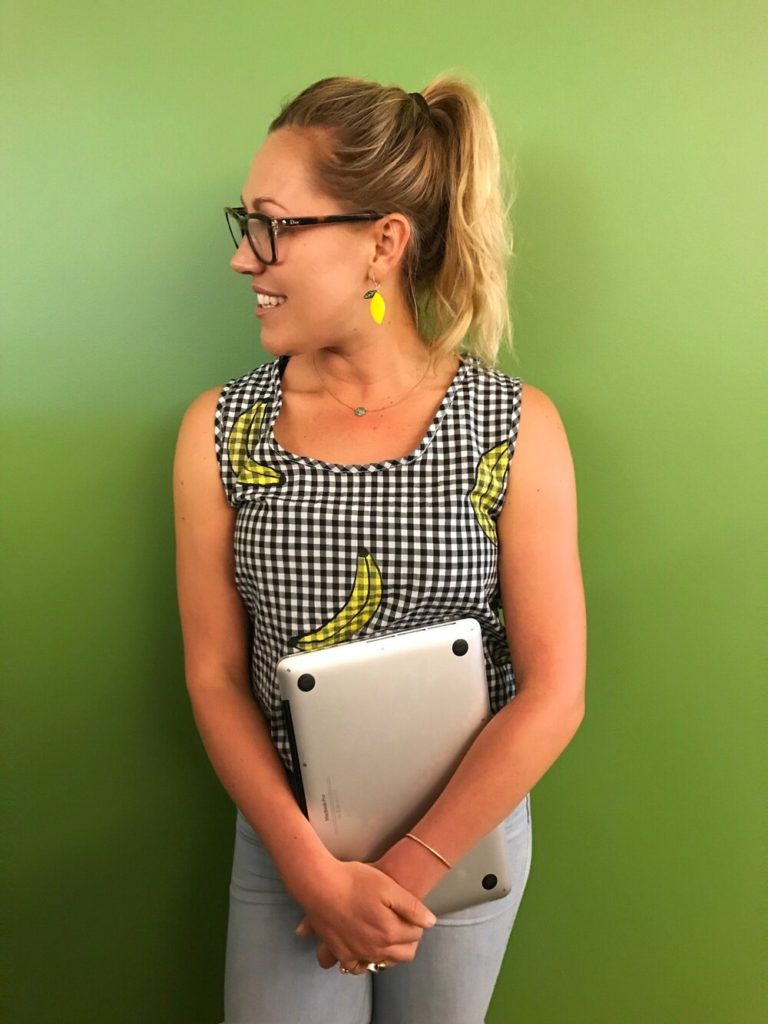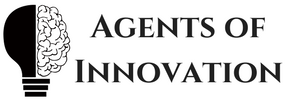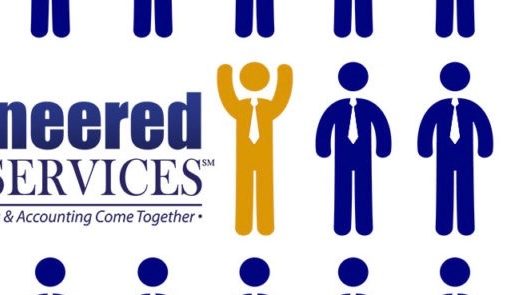Shannan Slevin is the founder of Wellfests, the cofounder of Showga and a leading expert in driving organizational community and individual wellbeing as a creative entrepreneur and sought after speaker and consultant. Her clients range from Fortune 500 companies, social and environmental nonprofits, and underserved communities. Her work has been used by industry leaders such as Jim Beam, Pandora, Athleta, Adobe, and Salesforce, as well as at global events such as World Forum Disrupt, Mutek Music Festival, and The Outpost. She has taught more than 5,000 students including high integrity CEOs, venture capitalists, entrepreneurs, and C-suite executives. The New York Times, Time Out Magazine, 7 x 7 Magazine and Yoga Journal have featured Shannon’s work along with local media sites.

Shannan Slevin joined us as our featured guest on Episode 69 of the Agents of Innovation podcast which can be listened to on any podcast app including Apple podcasts, Google podcasts, Stitcher, and SoundCloud.
Shannan is from northern California and currently lives and works in the San Francisco Bay Area. She grew up on about 30 acres of land in the Sierra foothills. “From the foundation of my youth, I grew up out in nature and spent a lot of time just naturally being surrounded by alternative lifestyles … where I grew up practicing yoga and concepts such as mindfulness and eating local organic fruits and vegetables. These were all just ways of being for my family and I,” said Slevin. “From a very foundational principle, wellness and wellbeing practices defined who I was and my priorities and values and how I wanted to live.”
After college, she went to work for a software company in the Bay Area. Working in a tech environment in an urban center was not what she was used to. While there, she began enrolling and earning certifications in the modalities that she grew up around, getting her first certification in yoga. She did this around her day job, on nights and weekends.
“I built a library of different health and wellness methodologies and systems and credentials that eventually segwayed into a part-time coaching business, working with engineers and different professionals down in the financial district and downtown San Francisco,” she said. “My career all of a sudden had this same sort of parallel existence between the healing arts and health and wellness on the side and coaching people to help them reach their health goals.”

In her full-time job, she eventually moved up into a managerial role. “Then the light bulb went on just like in the light of innovation, where it became really clear that the work that I was doing with people to help them reach their health and wellness goals.”
While she tried to implement some of these wellness techniques into her team, her own manager wasn’t so supportive. “But looking back, I’m so grateful that he discouraged me from the integrative practices because that’s what really led to me leaving that job and becoming just so obsessed and curious around how to best integrate the two worlds,” said Slevin. “That’s really what spearheaded this … what ended up being almost seven years of experimenting and interviewing and just really studying different corporate environments to create some systems that would really make a positive impact on employees and on company culture.”
One thing she teaches people is to get up and move and stretch every hour throughout their workday. “At the end of the day, bodies are made to move,” said Slevin. She teaches people that the importance of “creating some habitual behaviors around things that are natural to the human experience is wildly powerful in impacting someone’s energy throughout the day, someone’s mood, someone’s ability to focus and receive information.”

From a health care perspective, chronic disease accounts for something like 70% of a company’s health care costs. Slevin believes creating a culture of well-being is a real prevention to a lot of this and could help a company cut down on the health costs for its employees. “Fifty or sixty percent of chronic diseases are preventable with simple lifestyle change,” said Slevin. She encourages everyone to “integrate behaviors that are really going to set us up for years’ worth of being able to contribute at our highest levels.”
“When I think about someone’s health and wellness,” she said, “it’s their mental and emotional health, their financial and environmental health. But then it’s also the physical health piece.”
Slevin places a strong emphases on creating habits. She also teaches breathing techniques, meditation, yoga, and pilates, among some of many strategies towards integrating a culture of well-being into your workplace. One of her goals is to create spaces for people to become familiarized with practices like yoga and pilates because she wholeheartedly believes that everyone deserves to have their toolboxes filled with this information and with these systems.
“Goal-setting and visualization exercises are where we really can control our thought patterns; and our ability to control our thought patterns have an immense impact on achieving goals at a faster rate,” said Slevin. “I think that meeting people where they are at and being able to provide a wide menu of systems and ways of instructing is really important because health and wellness is not a one shoe fits all kind of a kind of a space.”

While many people try to balance the responsibilities of life and are not sure they can incorporate many of the techniques people like Shannan encourage, she suggests a more integrative approach by “looking at your life and thinking about work-life integration instead of work-life balance is a huge perspective shift that I think a lot of us could really benefit from.”
“Your brain is deciphering all day long what it wants to hold onto and what it wants to let go of. And the really cool thing about that is that you can control the information that your brain is more inclined to hold on to based on frequency,” said Slevin. “The brain is looking for things that are familiar to it because it’s easier for the brain to process that information. So, if you spend time in your morning, or in your day, whenever it is, training your brain to receive thoughts or visions that are going to propel you towards your goal then you’re utilizing the filtration system to the best of its capability.”
Slevin started a project called WellFests, which utilizes digital media and on-site events, where they take research and distribute the information through videos or on-site events for employees of companies.
Showga is another one of her projects, which is a live concert on your mat, incorporating music performance, yoga, sequencing, aroma therapy, and lights. “We take the creative arts of music and the power of being in a show and experiencing like a live concert … and we basically fuse that with the healing properties of yoga sequencing and breath-initiated music or movement along with the underlying principle of mindfulness and just being in awe and present in your surroundings.” For Slevin, Showga is another way of exposing people who might not otherwise find themselves in a yoga class.
She has also developed Froga, which Slevin describe as “a version of all of this programming that is geared towards youth education, utilizing visualization exercises around fruit trees” towards a healthier nutrition, as well as teaching young people the practices of visualization and mindfulness.

Shannan Slevin is on a mission to help others bring a culture of well-being into their workplace, wherever that may be, or however one’s workday is structured. Her techniques are already helping thousands of people live a better and more productive life. You can learn more by visiting her website at: ShannanSlevin.com.
You can listen to the full interview by tuning into Episode 69 of the Agents of Innovation podcast on Apple podcasts, Google podcasts, Stitcher, and SoundCloud. You can also follow the podcast on Facebook, Instagram, or Twitter. We welcome your comments below and encourage you to write a review on Apple podcasts!




